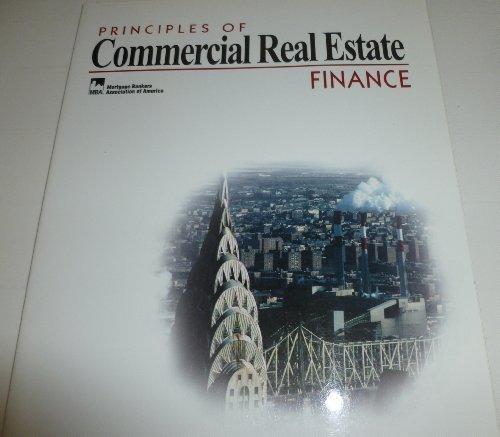Question
eBook Problem 7-12 Suppose that three stocks (A, B, and C) and two common risk factors (1 and 2) have the following relationship: E (
| eBook Problem 7-12 Suppose that three stocks (A, B, and C) and two common risk factors (1 and 2) have the following relationship:
|
Step by Step Solution
There are 3 Steps involved in it
Step: 1

Get Instant Access to Expert-Tailored Solutions
See step-by-step solutions with expert insights and AI powered tools for academic success
Step: 2

Step: 3

Ace Your Homework with AI
Get the answers you need in no time with our AI-driven, step-by-step assistance
Get Started


